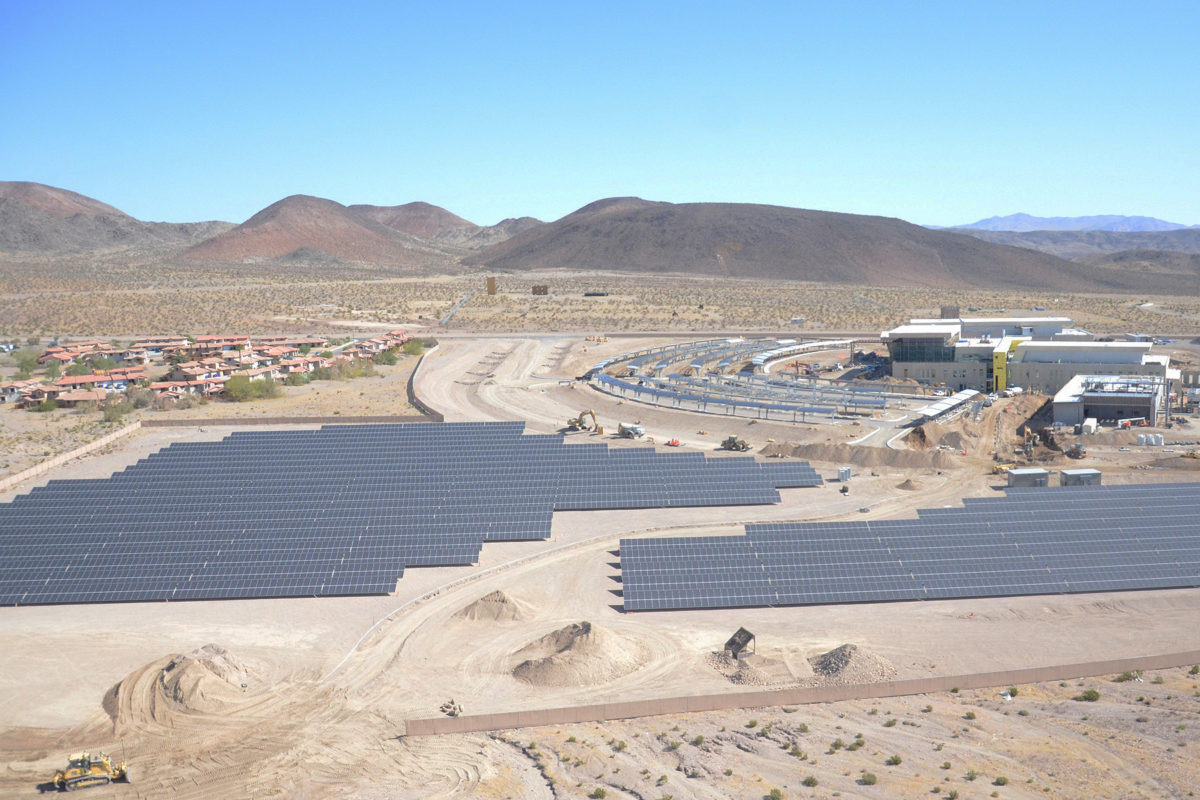The International Energy Agency Photovoltaic Power System Programme (IEA-PVPS) has published new guidelines to help PV asset owners with operation and maintenance for utility-scale PV plants in different climate zones.
In the “Guidelines for Operation and Maintenance of Photovoltaic Power Plants in Different Climates” report, the agency provided a series of climate-specific O&M programs for four climate zones – moderate, hot and dry, hot and humid, and deserts at high elevation areas. It also looked at extreme conditions such as floods, cyclones, and snow.
The paper defines O&M performance indicators and standard O&M operator services to create a clear framework.
“O&M contracts should take into account regional differences, such as national or local legislation that affects the availability of staff on-site, as well as variations in the capabilities of key stakeholders that affect project cost,” said IEA-PVPS.
The report also presents guidelines for monitoring and forecasting, as well as technical tools to analyze PV plant performance and safety.
“The scale and complexity of plants determine the level of monitoring: the larger and more complex the plant, the more intensive the monitoring,” said IEA-PVPS. “O&M operators need to be ready to comply with applicable grid codes and regulations, allowing for the re-evaluation of the scope of operations for contracts if grid codes change, especially in contexts where more RE plants replace thermal sources of power.”
The report also includes a description of different types of maintenance services and advanced inspections. IEA-PVPS offers a series of recommendations for climate–specific O&M.
“Preventive maintenance (PM) action plans that exclude redundant activities can bring costs down,” they emphasized. “The preventive maintenance plan should seek to optimize the overall PV plant and O&M budgeting, depending on the plant's size, design, complexity, and environment.”
The report concludes by warning that maintenance is required, even though PV plants require much less maintenance than other types of power generation assets.
“A combination of well–designed O&M specifications, proactive monitoring systems and a flexible and tailored O&M regime that considers both possible weather impacts on systems as well as possible changes to grid requirements are good practices to ensure that PV systems perform according to or even beyond expected lifespans,” the researchers said. “Reducing risks by ensuring that personnel are trained and equipped for O&M operations, as well as employing PV forecasting to reduce possible downtimes, also contribute to maintaining PV plant performance according to specifications.”
This content is protected by copyright and may not be reused. If you want to cooperate with us and would like to reuse some of our content, please contact: editors@pv-magazine.com.




1 comment
By submitting this form you agree to pv magazine using your data for the purposes of publishing your comment.
Your personal data will only be disclosed or otherwise transmitted to third parties for the purposes of spam filtering or if this is necessary for technical maintenance of the website. Any other transfer to third parties will not take place unless this is justified on the basis of applicable data protection regulations or if pv magazine is legally obliged to do so.
You may revoke this consent at any time with effect for the future, in which case your personal data will be deleted immediately. Otherwise, your data will be deleted if pv magazine has processed your request or the purpose of data storage is fulfilled.
Further information on data privacy can be found in our Data Protection Policy.